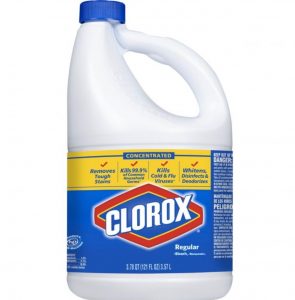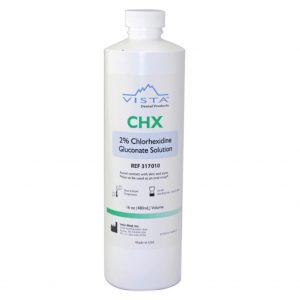The goal of endodontic therapy is to prevent the invasion of microbes or to eliminate them once they invade and establish colonies inside the root canal system. This is known as Microbial Control.
In order to achieve a decent level of microbial control, practitioners have always relied on the three pillars of Endodontics: Instrumentation, Irrigation and Obturation. While no pillar is more important than the other, it is their synergistic effect that helps us achieve proper microbial control and thus leads to endodontic success.
Irrigation is the process of washing out the root canal system with specific solutions with the aim of decreasing the microbial load. The idea of using irrigation during a root canal treatment first appeared in 1859 by Taft. Various solutions and techniques have evolved over the past 50 years all aiming at enhancing irrigation and thus producing a cleaner canal.
The most widely used irrigation solution is Sodium Hypochlorite, NaOCl, also known as bleach. NaOCl offers dual action:
- It can dissolve organic matter
- It can neutralize and kill bacteria and their toxins

NaOCl is available as a commercial solution with concentrations ranging from 3% to 6%. In the endodontic field, concentrations as low as 0.5% and as high as 6% have been reported to be employed in a clinical setting. 3 points are important to remember:
- Increasing concentrations will not lead to superior bacterial reduction rather it will enhance the dissolution of the organic matter present in the root canal. Such organic matter can be pulpal debris and necrotized tissues.
- It is the regular exchange and replenishment of the root canal with fresh NaOCl solution that will reduce bacteria.
- Heating NaOCl before its delivery to the root canal has been said to increase its potency. However such claims are based on in-vitro studies and it is now well known that dentin acts as a buffer and cools down NaOCl, making it obsolete to be heated.
Other solutions that are also used during a root canal treatment are Ethylenediaminetetraacetic acid (EDTA) and Chlorhexidine.
EDTA’s main action consists in removing inorganic debris of the smear layer created while instrumenting the root canal system. EDTA is a demineralizing agent that will chelate the Calcium ions. Removing the smear layer is an important step in reaching microbial control because it can act as a substrate for microbes and can clog the dentinal tubules, hence limiting the diffusion of other anti-bacterial substances and medicaments such as Calcium Hydroxide. Just like NaOCl, EDTA comes in various concentrations ranging from 10% to 17%. Research shows that higher concentrations yield cleaner canals void of smear layer. EDTA is usually used at the end of a root canal treatment after flushing the canals with NaOCl. It is important to mention that EDTA has no significant antibacterial properties.

Chlorhexidine is an aqueous solution that is used at the end of a root canal treatment, more specifically in necrotic and abscessed cases. Chlorhexidine, commonly abbreviated CHX, takes the disinfection to another level due to its broad antibacterial spectrum and its substantivity. In fact, CHX is able to kill Enterococcus faecalis, a bacterial species that can resist NaOCl and thought to cause root canal failure. CHX’s action is also long lasting thanks to its capacity to interact and bind to the root canal dentin. Despite its superior disinfection capacity CHX does not dissolve tissue, making NaOCl indispendable for every day root canal procedures. CHX, just like EDTA and NaOCl, is available in various concentrations, with 2% being the most widely used. EDTA, Isopropyl alcohol (rubbing alcohol) or saline water should be used in between NaOCl and CHX to avoid the 2 solutions being mixed together as they can create a toxic substance inside the root canal.

Suggested readings:
- Chemomechanical reduction of the bacterial population in the root canal after instrumentation and irrigation with 1%, 2.5%, and 5.25% sodium hypochlorite. Siqueira JF Jr, Rôças IN, Favieri A, Lima KC. Journal of Endodontics, 2000 Jun; 26 (6): 331-4
Submit questions and topics for us at info@endostlaurent.ca and we will gladly include them in our future issues.
In the upcoming issues: Activation of irrigation solutions.